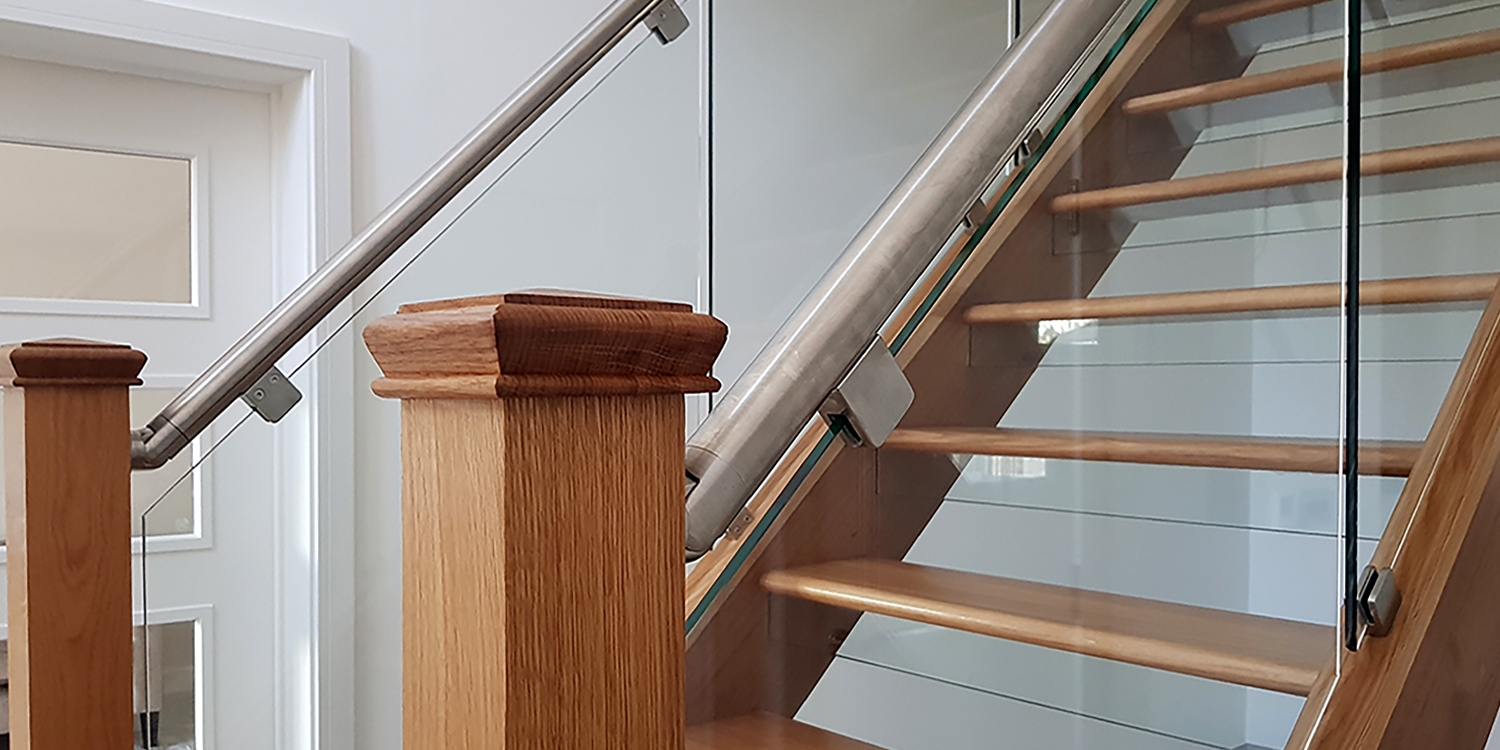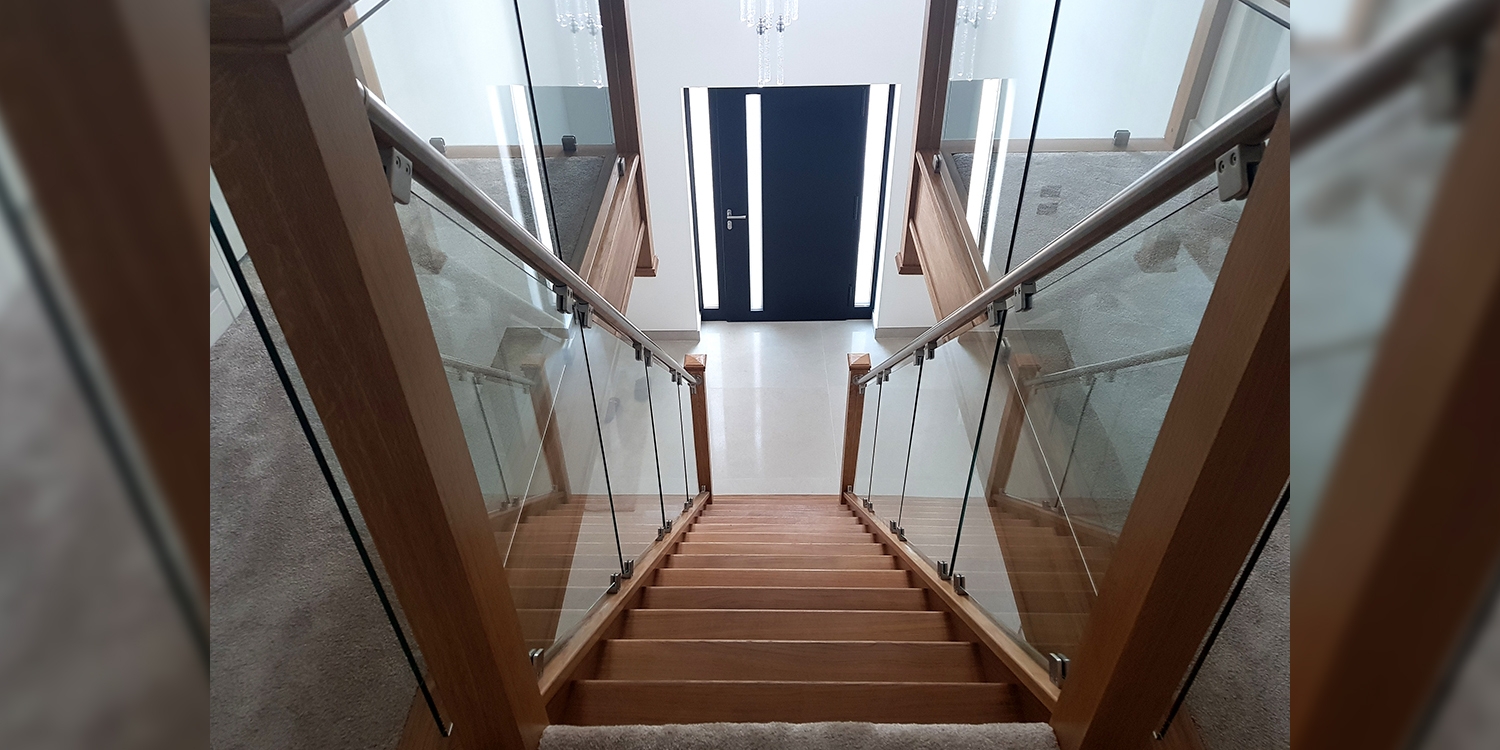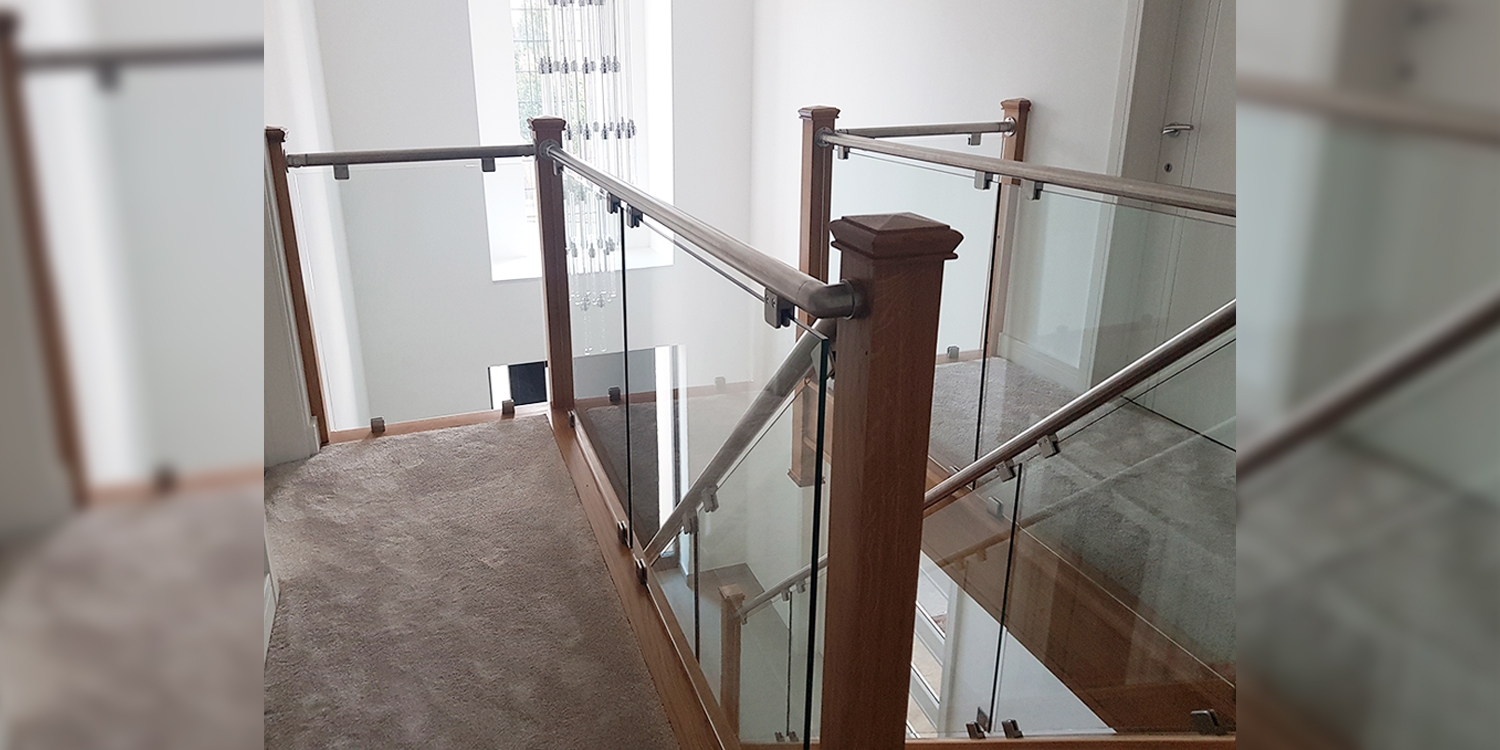How To Use Minimalism In A Modern Staircase Design
How To Effectively Use Minimalism In Your Modern Staircase Design
When it comes to modern interior design, the word “minimalism” is frequently thrown around but what does it really mean? Generally, it means less of something yet when applied to the style and design of an interior or staircase, how does it look and how does it affect the feel of the room? The best way to understand it is to see a strong example of minimalism being used to powerful effect. Out of all the 800+ Pear Stairs case studies, this staircase that was installed in a Croydon property is one of the best examples of a staircase that effectively uses minimalism to enhance its aesthetic.
Staircase Position; Central or Subtle?
The first design point is the position of the staircase. Placed in the middle of the hallway it is the central feature as you enter the property through the front door, so it is naturally where the eye is drawn. The client was acutely aware of this as the remainder of the room remains near featureless, keeping all eyes on a staircase that despite being familiar in its style also boasts rare contemporary features.
Modern Staircase Material Choices
Utilising a mixture of cold metal and glass staircase parts in conjunction with warm and inviting oak components has created a contrasting design. The glass balustrading and half-open risers have minimal presence in the room, allowing for two things. One, light freely travel through the space to keep it bright and two, the attractive finish of the oak grain is given precedence in the overall aesthetic. This is a smart decision, as oak has a simple yet attractive look that can often be hidden among more complicated interiors but in this case, it sings.
The Impact of Feature End Steps On A Staircase
A design choice that perhaps contradicts the theme of minimalism is the inclusion of D-end feature step. This large bottom step gives a weightier presence to the staircase in the room, far from a minimalist decision, yet it certainly improves the aesthetic appeal of this staircase. Without the step this staircase risks looking too sparse, like a sentence without a full stop, it would be missing something. Instead the step frames the design with a welcoming oak surface inviting you up the flight.
Scaircase Design; Suiting The Size & Shape of The Room
The room in which these stairs are installed is also very tall, something that the design manages to capitalise on. At the top of the stairs, a return balustrade and balcony finishes the design. The continuation of glass, metal and oak surfaces complete the full visual signature of the staircase and allow it to reach into and through the first-floor landing space. The extension of these visuals provides a theme for both the ground and first floor space, enhancing the property with a united and harmonious aesthetic. The balcony is also part of the visual profile that greets anyone who enters the property, the height adds an element of grandeur that complements a tall crystal chandelier hanging at the hallway’s centre. Like a good painting, the full design guides the eye through it, from the smooth end step upwards along the treads to the return balustrading and on to the chandelier. In summary, this design makes effective use of minimalism as it curates what you see down to the essentials while making the “essentials” as visually impactful as they can be.
For more on Pear Stairs designs and to start designing your own staircase you can try out the free online Staircreator, or give the Pear Stairs design team a call on 01938 553311.
Share this post
About the Author

Topics
Tags






